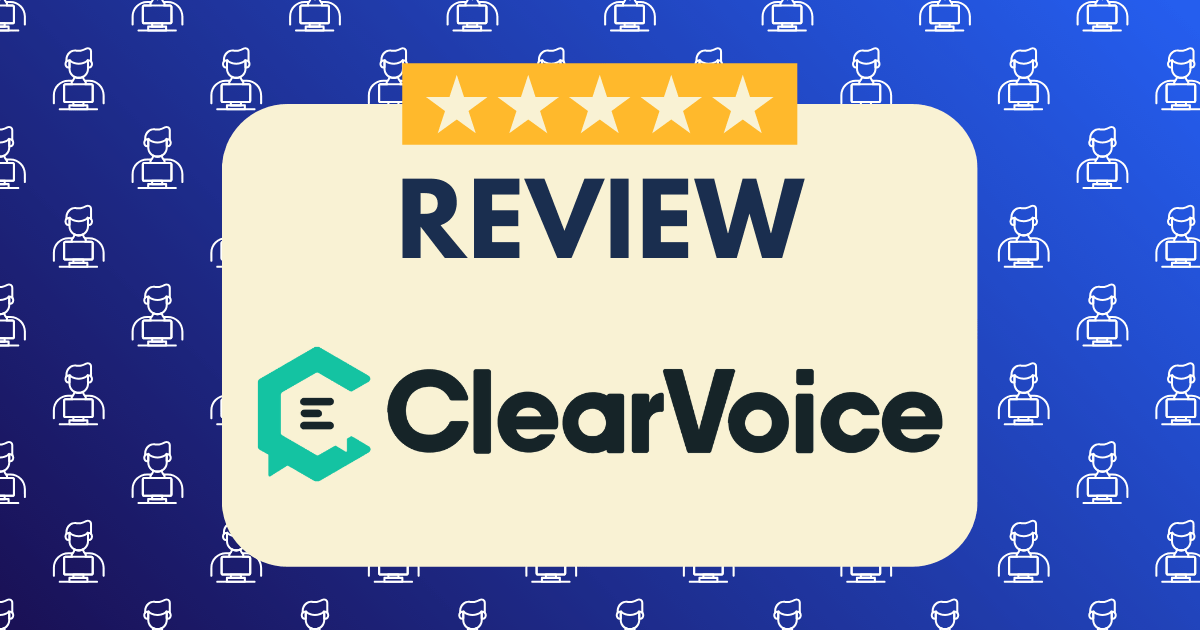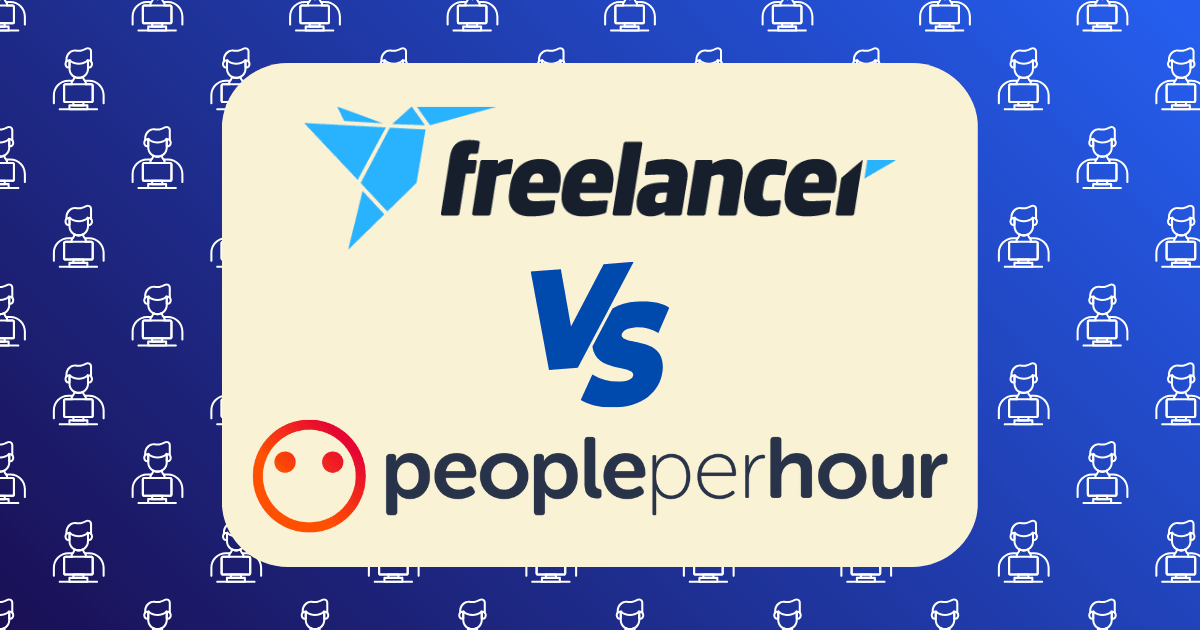Pricing Psychology: How I Doubled My Freelance Rates Without Losing Clients

Eighteen months ago, I was charging $50 per hour for my freelance services—a rate that left me overworked, undervalued, and on a direct path to burnout. Today, I command $100+ per hour from the same client base, work fewer hours, and deliver superior results. This transformation wasn’t achieved through acquiring dramatic new skills or certifications, but rather through the strategic application of psychological principles to my pricing approach.
This comprehensive guide details the exact framework I used to double my rates while retaining 85% of my existing clients. By understanding the psychology behind perceived value and implementing a structured approach to price increases, you can achieve similar results regardless of your freelance specialty.
The Psychology of Underpricing: Why Freelancers Charge Too Little
Before addressing how to raise rates, it’s essential to understand the psychological barriers that lead freelancers to underprice their services in the first place. Research from the Journal of Economic Psychology identifies three primary cognitive biases that contribute to this pattern:
1. The Impostor Syndrome Effect
Many freelancers experience persistent self-doubt about their expertise, leading to pricing that reflects their self-perception rather than market value. This psychological phenomenon creates a disconnect between the actual value delivered to clients and the compensation requested.
My Experience: For years, I compared myself to industry veterans with decades more experience, discounting my rates because I didn’t feel “established enough” to charge premium prices—despite consistently delivering exceptional results.
2. The Scarcity Mindset
The fear of losing work creates a psychological state where any paid work seems better than no work. This scarcity mindset leads to accepting lower rates as a perceived safety mechanism.
My Experience: I initially accepted nearly any project at almost any rate, fearing that turning down work would lead to periods without income. This approach filled my schedule with low-value clients who consumed disproportionate time and energy.
3. The Anchoring Bias
Initial pricing decisions create powerful psychological anchors that influence all subsequent pricing. Once you’ve established a rate with clients, that figure becomes the reference point against which all future increases are judged.
My Experience: My early rate of $35/hour quickly became the baseline expectation for both myself and my clients, making even small increases seem significant despite being well below market value.
Understanding these psychological barriers was the first step in transforming my pricing approach. By recognizing these biases, I could develop strategies to overcome them rather than remaining trapped in underpricing patterns.
The Value Perception Framework: The Foundation of Higher Rates
The cornerstone of my rate-doubling strategy was shifting from cost-based pricing to value-based pricing. This approach is grounded in a fundamental psychological principle: clients don’t pay for time; they pay for outcomes.
Step 1: Quantifying Delivered Value
The first step in my transformation was conducting a comprehensive audit of the actual value I delivered to clients. For each client relationship, I documented:
- Financial Outcomes: Revenue generated, costs reduced, or efficiency improved
- Strategic Impact: Competitive advantages created or market positions strengthened
- Operational Benefits: Time saved, processes improved, or capabilities enhanced
- Risk Reduction: Compliance ensured, vulnerabilities addressed, or uncertainties eliminated
Implementation Tool: I created a “Value Documentation Matrix” for each client, tracking these four dimensions over a three-month period.
Results: This exercise revealed I was generating between 5-20x my fees in measurable value for most clients—a powerful realization that immediately shifted my pricing confidence.
Step 2: Reframing the Service Narrative
With clear value metrics established, I reconstructed how I described my services. Rather than positioning myself as a provider of time and tasks, I reframed my role as a creator of specific, valuable outcomes.
Before: “I provide content writing services at $50/hour.” After: “I develop conversion-focused content strategies that typically generate a 3-5x return on investment.”
Before: “I design websites for $2,000 per project.” After: “I create strategic digital storefronts that increase qualified lead generation by an average of 27%.”
This narrative shift wasn’t just semantic—it fundamentally altered how clients perceived the value of my services.
Step 3: Creating Value Visibility
The final foundation element was developing systems to ensure clients consistently recognized the value being delivered. I implemented:
- Monthly Value Reports: Documenting specific outcomes and their business impact
- Quarterly Strategy Reviews: Connecting my work to broader business objectives
- Case Study Development: Creating detailed analyses of successful outcomes
Psychological Insight: Research from behavioral economics demonstrates that perceived value increases when results are explicitly highlighted rather than assumed.
With this value perception framework established, I had created the psychological foundation necessary to support significantly higher rates.
The Strategic Rate Increase: A Four-Phase Approach
With a solid value foundation in place, I implemented a strategic four-phase approach to actually increasing my rates without triggering client loss.
Phase 1: The New Client Premium
Rather than immediately raising rates for existing clients, I began by establishing higher rates for all new clients. This approach:
- Tested market acceptance of higher rates without risking existing relationships
- Created proof points that clients would pay my new rates
- Established a new psychological anchor for my pricing
- Generated comparative data on project profitability
Implementation Strategy: I increased my rates by 40% for all new clients, positioning this as my “standard rate” rather than an increase.
Results: To my surprise, my closing rate remained virtually unchanged (38% vs. previously 42%), immediately demonstrating that my prior rates had been unnecessarily low.
Phase 2: The Service Restructuring
Rather than simply increasing prices for identical services, I restructured my service offerings to create distinct differences between my previous and new pricing tiers.
The Three-Tier Framework:
Basic Tier (Previous Rate):
- Core deliverables only
- Standard turnaround time
- Limited revisions
- Email-only support
Professional Tier (50% Increase):
- Enhanced deliverables
- Priority turnaround
- Extended revision cycles
- Email and scheduled call support
- Quarterly strategy sessions
Premium Tier (100% Increase):
- Comprehensive deliverables
- Rush turnaround availability
- Unlimited revisions
- On-demand support
- Monthly strategy sessions
- Performance guarantees
Psychological Principle Applied: The Center-Stage Effect demonstrates that when presented with three options, most buyers select the middle option, perceiving it as the best value balance.
Results: When presenting this structure to existing clients, 65% selected the Professional tier (representing a 50% rate increase), while 20% chose to remain at the Basic tier, and 15% upgraded to the Premium tier.
Phase 3: The Value-Anchored Conversation
For clients still on my original rates after six months, I initiated direct rate increase conversations using a psychologically-informed approach:
Step 1: Value Documentation I prepared a detailed summary of:
- Specific outcomes achieved
- Measurable results delivered
- Comparative market rates
- Client testimonials and case studies
Step 2: The Anchoring Technique Rather than simply announcing a new rate, I used the psychological principle of anchoring:
“Based on the results we’ve achieved and current market rates, my comparable service would typically cost $X (significantly higher figure). However, because of our established relationship, I’m adjusting my rates to only $Y (target rate).”
Step 3: The Implementation Timeline I provided a structured timeline:
- 30-day notice before implementation
- Phased increase option (50% increase now, 50% in three months)
- Project completion guarantee at current rates
Results: Using this approach, I retained 85% of my remaining clients at rates 75-100% higher than my original pricing.
Phase 4: The Selective Pruning
The final phase involved making strategic decisions about the 15% of clients who declined my new rates. Rather than automatically accepting their departure, I evaluated each relationship based on:
- Strategic Value: Did this client provide benefits beyond revenue?
- Growth Potential: Could this relationship expand significantly in the future?
- Working Relationship: Was this client respectful, prompt, and collaborative?
- Portfolio Impact: Did this work strengthen my professional portfolio?
Based on this evaluation, I:
- Maintained relationships with 5% of clients at legacy rates due to strategic value
- Created custom-reduced scopes for 3% to maintain relationships at their budget
- Professionally transitioned 7% to other service providers
Psychological Insight: Research on loss aversion shows that we tend to overestimate the negative impact of client loss. In reality, the space created by departing clients enabled me to pursue higher-value opportunities.
The Psychological Reinforcement System: Maintaining Higher Rates
Successfully raising rates is only half the battle—maintaining them requires ongoing psychological reinforcement for both yourself and your clients.
1. The Value Documentation System
I implemented a structured system to continuously document and communicate the value delivered:
- Weekly Updates: Brief summaries of progress and interim results
- Monthly Reports: Detailed analysis of outcomes and value created
- Quarterly Reviews: Strategic assessments connecting my work to business objectives
Tool Implementation: I created standardized templates for each reporting level, ensuring consistent value communication without excessive time investment.
2. The Continuous Improvement Loop
To justify premium rates, I established a systematic approach to ongoing skill and service enhancement:
- Quarterly Skill Development: Dedicated time to learn new techniques and approaches
- Service Evolution: Regular refinement of deliverables based on results and feedback
- Methodology Enhancement: Continuous improvement of my work processes and frameworks
Client Communication: I regularly shared insights from my professional development, positioning these improvements as added value for clients.
3. The Comparative Value Anchor
To maintain psychological comfort with higher rates, I consistently (but subtly) reinforced the comparative value of my services:
- Case Study Development: Creating detailed analyses of successful outcomes
- ROI Calculations: Providing specific return-on-investment metrics
- Market Comparisons: Occasionally sharing relevant industry pricing benchmarks
Psychological Principle: Regular exposure to appropriate value anchors maintains comfort with premium pricing for both the provider and the client.
The Financial and Psychological Impact: Beyond Revenue
The impact of doubling my rates extended far beyond simple financial gains, creating transformative effects across multiple dimensions:
1. The Workload Recalibration
By charging twice as much, I could afford to:
- Reduce my client load by 40%
- Decrease my working hours by 25%
- Increase preparation and strategic thinking time by 200%
This recalibration dramatically improved work quality while reducing stress and preventing burnout.
2. The Client Quality Transformation
Higher rates naturally filtered for clients who:
- Valued quality over cost
- Implemented recommendations more consistently
- Respected boundaries and processes
- Approached the relationship as a partnership
This transformation improved not just profitability but daily work satisfaction.
3. The Professional Confidence Cycle
Perhaps most significantly, charging appropriate rates created a positive psychological cycle:
- Higher rates validated professional value
- Improved confidence enhanced performance
- Better performance justified higher rates
- Reduced client load allowed for more focused work
- More focused work produced better results
This virtuous cycle continued to strengthen over time, creating sustainable growth in both rates and results.
Lessons Learned: Critical Insights for Freelancers
My journey from $50 to $100+ per hour yielded several valuable lessons for other freelancers considering rate increases:
1. The Psychological Barrier is Greater than the Market Barrier
The most significant obstacles to charging premium rates are internal, not external. Most clients are far less price-sensitive than freelancers fear, particularly when value is clearly communicated.
2. Segmentation Outperforms Standardization
Rather than applying uniform rate increases, a segmented approach that considers the unique aspects of each client relationship produces better retention while maximizing revenue.
3. Communication Framework Determines Outcome
How rate increases are communicated often matters more than the increase itself. A value-anchored, benefit-focused approach significantly improves acceptance rates.
4. Value Visibility Creates Pricing Power
Clients rarely object to rates when they have clear visibility into the value being created. Systematic value documentation is the foundation of premium pricing.
5. Some Client Loss is Strategically Valuable
The space created by clients unwilling to pay market rates creates opportunity for higher-value relationships. Strategic pruning is as important as retention.
Implementation Guide: Your 90-Day Rate Transformation Plan
For freelancers ready to implement their own rate transformation, this 90-day plan provides a structured approach:
Days 1-30: Foundation Building
- Conduct a comprehensive value audit for each client
- Develop your three-tier service structure
- Create value documentation templates
- Establish new rates for all new clients
- Begin building case studies and testimonials
Days 31-60: Strategic Implementation
- Introduce new service tiers to most valuable clients
- Initiate value-anchored conversations with mid-tier clients
- Enhance your service delivery to support higher rates
- Refine your communication framework based on responses
- Document all client feedback and objections
Days 61-90: Optimization and Expansion
- Address remaining clients with appropriate strategies
- Make retention decisions for price-resistant clients
- Implement your value documentation system
- Develop your continuous improvement framework
- Create your long-term rate evolution strategy
Conclusion: The Psychological Journey to Premium Rates
The transformation from underpriced freelancer to premium service provider is fundamentally a psychological journey rather than simply a pricing strategy. It requires overcoming deeply ingrained beliefs about your value, developing confidence in your market position, and creating systems that reinforce both your own and your clients’ perception of the value you deliver.
By understanding the psychological principles that govern pricing perception and implementing a structured approach to rate increases, you can significantly enhance your income while actually improving client relationships and outcomes. The framework outlined in this guide provides a proven path to achieving this transformation in your own freelance business.
The most profound insight from my experience is that appropriate pricing isn’t just about making more money—it’s about creating the conditions for your best work. When properly valued, you gain the time, resources, and confidence to deliver truly exceptional results, creating a virtuous cycle that benefits both you and your clients.
Your journey to premium rates begins not with announcing new prices, but with truly understanding and communicating the value you create. Start there, follow the framework outlined here, and you too can transform your freelance business into a premium service that clients are happy to pay for.







